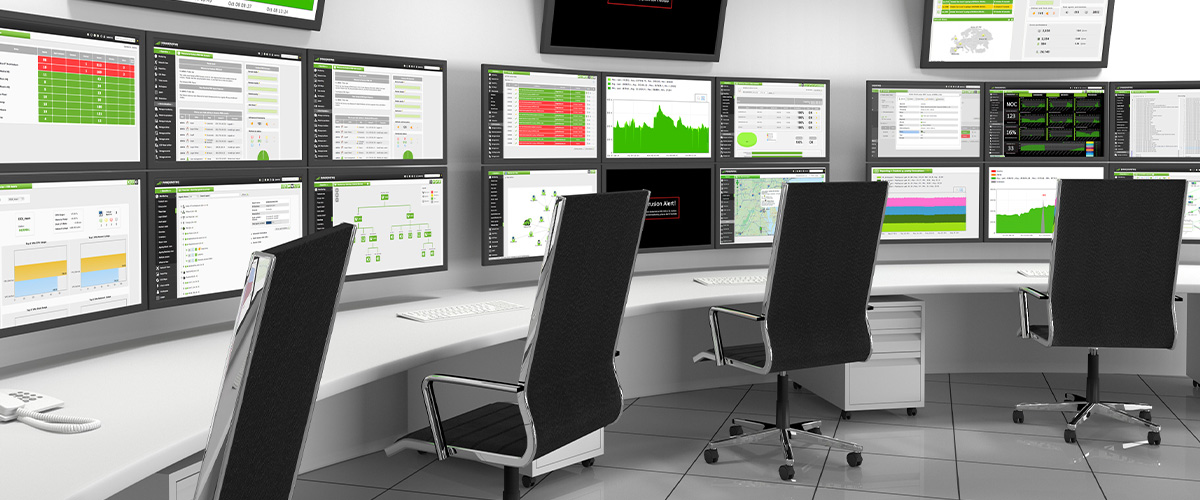The remote work revolution hasn’t come without its pitfalls. Many businesses will be having their security fundamentals compromised thanks to a large chunk of their team being separated from the office’s cybersecurity. Thankfully there are various ways remote work cybersecurity can help you protect yourself from the worst. And one of them is by simply familiarising yourself with remote work’s biggest security risks.
Phishing scams
Criminals are finding smarter ways of reaching people’s inboxes and coaxing them into sharing personal information. For example, they’re taking advantage of the rolling out of new software and other IT changes caused by remote work. A scammer might pretend to be “contacting from IT” and ask the target for a password or a two-factor authentication code. Working from home might also mean a shift to employees using their personal email addresses. These could be more relaxed than their professional equivalent when it comes to keeping out suspicious emails.
Passwords
It can be surprisingly easy for a committed criminal to guess a password. Criminals keep a note of common naming conventions in order to guess weak passwords. They have also been known to use programs that will rapidly attempt to guess your password. A remote team can often get careless with its password policy so make sure your team incorporates the following.
- Two-factor authentication. Then even if an attacker cracks the password, they’ll still have another authentication barrier to contend with
- A complex and abstract password. The less like a popular or recognisable word your password is, the harder it will be to crack
- Never write the password down. Neither digitally, nor on a sticky note

Weaker out of office security
With employees making a swift shift to their own homes, there was little time to recreate the security conditions normally found in the office. With home Wi-Fi comes an absence of internet proxy, IDS, and NGFW.
Insider threats
If a team member is feeling malicious, they now have the privacy of their home to steal company data or simply sabotage it. Also, their devices are no longer surrounded by co-workers. They’re surrounded by other members of the household that could easily steal or simply photograph sensitive data on their housemate’s device.
Unsecure data transfer
More working from home can mean more work on home devices and transferring data via unsecured transfer methods, namely ones that don’t have end-to-end encryption. Your home email or something like WeTransfer can have its messages intercepted more easily by a hacker than say, a Microsoft Teams chat.
Sometimes despite your best efforts, remote work cybersecurity measures won’t be enough, and the worst will still happen. In this instance, it’s important to plan and backup your data so that it’s easily restorable. To find out more about how to prepare for anything, click the link below and download our eBook.
Download our business continuity and disaster recovery eBook.
Featured post
5 ways cloud computing can supercharge your small business
Is your business struggling with flexible working? Are you finding it difficult to update and maintain your devices? Are you...
Recent posts
Latest posts
10 top tips for safer remote working
The ability to work remotely has given us greater flexibility, time and convenience, but our workspaces outside the office aren’t always as well-equipped or well-protected. So here are 10 top tips from our experts to ensure you stay protected when working from home.
Case study: Maynard Heady migrates to Azure cloud computing platform
Maynard Heady LLP is an independent firm of chartered accountants. Formed in 1993, the company provides a professional and personal accountancy service to businesses and individuals throughout Essex and beyond.
How an always-on security mentality can help SOC it to the cybercriminals
It's not just the sheer volume of cyber attacks that's on the rise, they are developing in complexity too. This is why an effective defence against evolving threats today requires an ‘always-on’ security mentality.





